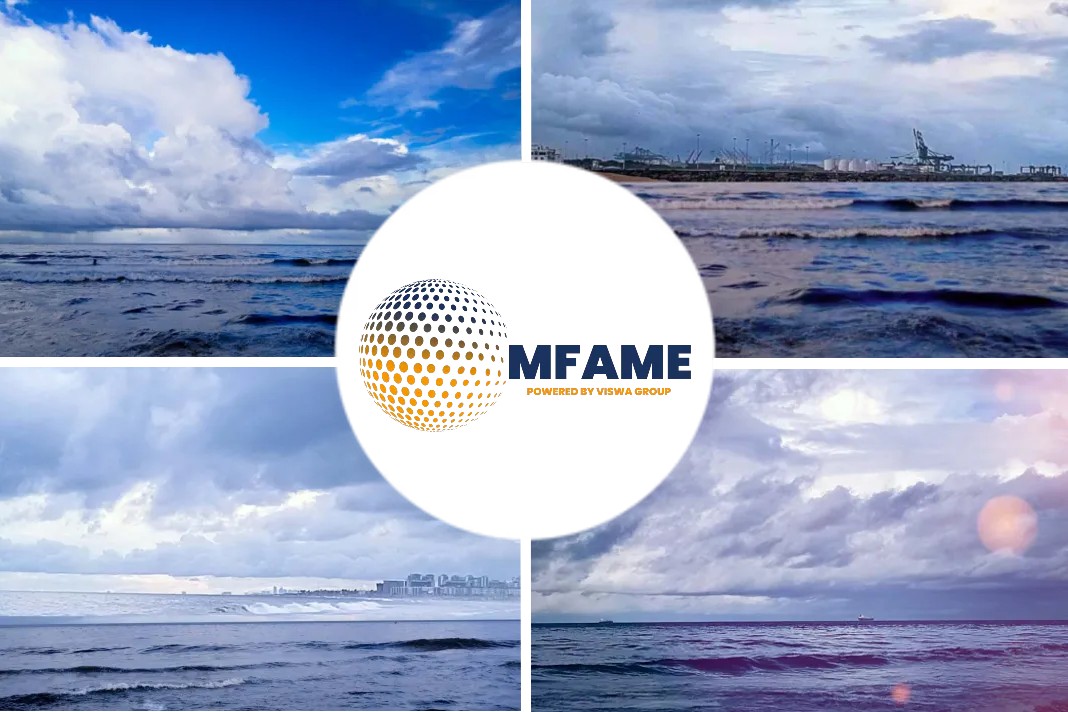
- South Korea’s circular economy strategy will focus on recycling resources in the nine industries to promote and achieve sustainable growth.
- The ministry cited consultancy Accenture’s expectations that the market size will increase to $4.5 trillion by 2030.
- Motie will also advance a national integrated resource management system, create a resource efficiency rating system and a renewable raw material certification system.
South Korea unveiled a strategy on 21 June to promote a circular economy across nine major industries, aimed at reducing carbon emissions and stabilising the domestic supply chain of key resources.
Promoting circular economy
The relevant industries include petrochemicals, steel, non-ferrous metals, batteries, electronics, textiles, automobiles, machinery and cement.
South Korea’s circular economy strategy will focus on recycling resources in the nine industries to promote and achieve sustainable growth, according to the Ministry of Trade, Industry and Energy (Motie).
It will initiate its circular economy strategy by creating nine leading projects within these industries, called the circular economy (CE) 9 project.
Renewable raw material supply chain
“The key is to use fewer resources to produce products, use them for a long time and recycle resources after use,” said Motie.
Motie will organise and operate a consultative body involving related ministries to review ways that by-products of production processes can be used.
The government will also support the setting up of domestic and foreign renewable raw material supply chains.
Motie will also advance a national integrated resource management system, create a resource efficiency rating system and a renewable raw material certification system, as well as identify companies that embody circular economy practices to lay the foundation to promote such projects.
Project aims
The first two projects involve the petrochemical industry, with the first aiming to expand pyrolysis oil production.
The country hopes to accomplish this by revising laws and regulations that are necessary to promote pyrolytic oil projects, such as the Petroleum and Alternative Fuel Business Act. South Korea also aims to expand infrastructure to secure plastic waste resources.
Developing technologies
The second project involves developing technologies such as waste plastic depolymerisation and plasma pyrolysis.
It will also provide consulting and facility support for companies looking to convert to the recycling business.
Recycling resources
The third and fourth projects are in the steel and non-ferrous metal sectors, with the third project seeking to maximise the use of iron scrap.
It will achieve this by recognising steel scrap as a recyclable resource, advancing technology involved in the scrap recycling process and securing overseas scrap.
The fourth project is focused on the recycling of rare metals. Supply and demand patterns of 28 rare metals will be identified by analysing their supply chains.
The project will also develop technology for purifying and extracting environmentally-friendly, high-purity rare metals, as well as set up a demonstration facility.
This is in line with an earlier plan South Korea released in February to stabilise domestic supply of key metals.
Reusable battery safety inspection system
The fifth project will create a foundation for reuse and recycling in the battery sector. A reusable battery safety inspection system and electric vehicle battery history management system will be implemented under this project.
The sixth project will promote the production and use of recycled raw materials in the battery sector, by developing technology used to recover lithium and nickel — among other battery materials — from used batteries.
Remanufactured products
The seventh project will expand eco-design in the electronics and textile industries.
The eighth project is aimed at boosting exports of remanufactured products in the auto and machine industry.
This will be done by remanufacturing ageing construction and industrial machinery to be exported to southeast Asia and central Asia.
Direct exports or local production of the products will be supported by intergovernmental co-operation projects.
Alternative fuel
The last and ninth project is geared towards securing alternative fuel and raw materials in cement production.
The circular economy is “attracting attention as a future growth engine,” Motie said, with the ministry citing consultancy Accenture’s expectations that the market size will increase to $4.5 trillion by 2030.
Did you subscribe to our Newsletter?
It’s Free! Click here to Subscribe.
Source: Argus Media






















